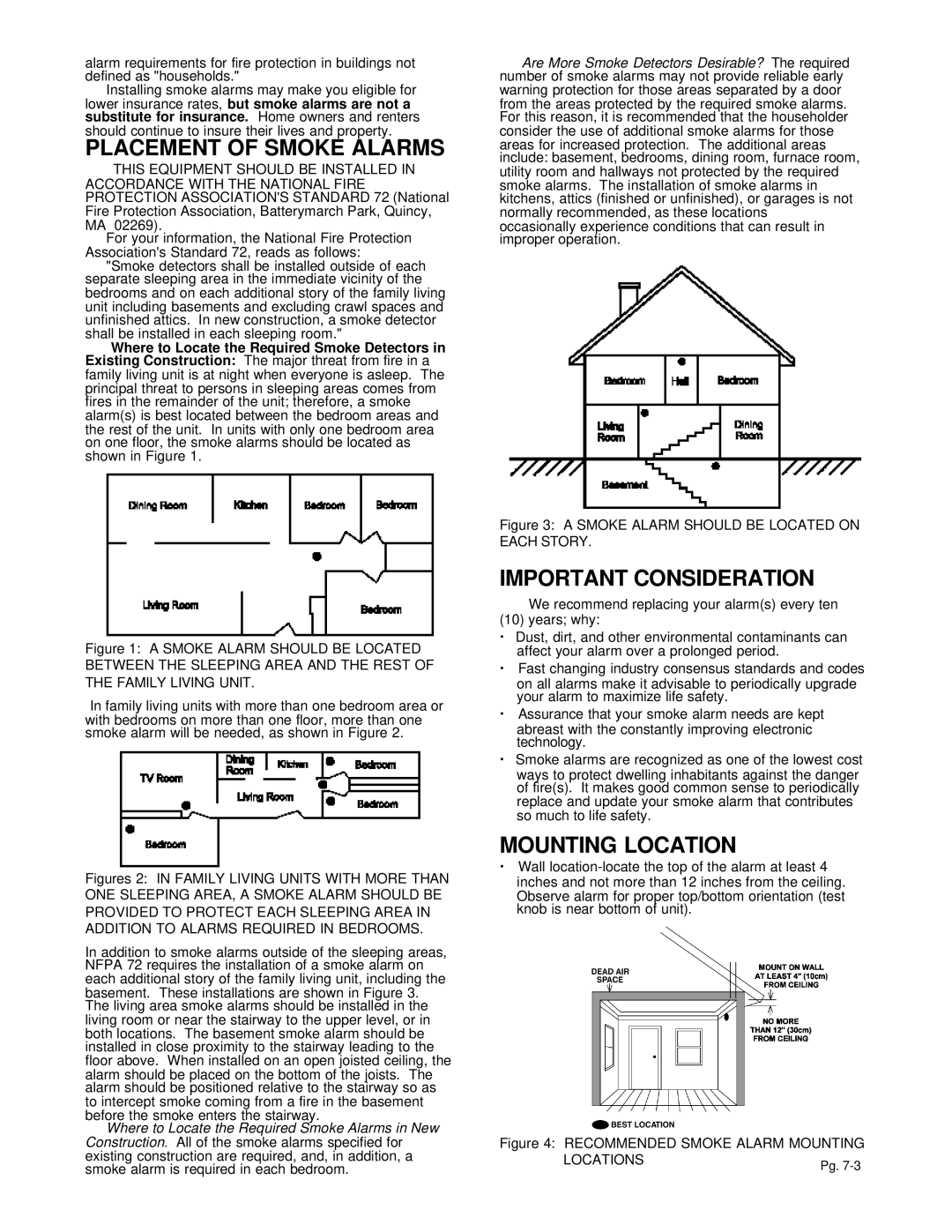710LS, 713LS specifications
Gentek 710LS and 713LS are advanced technologies in the realm of electronic labels, designed to deliver unparalleled performance and efficiency in various applications. These models represent a significant leap in label printing, ensuring businesses can meet their branding and information needs more effectively than ever.The Gentek 710LS is engineered for high-speed label printing, capable of producing vibrant and detailed designs. It features cutting-edge thermal transfer technology, which allows for long-lasting impressions on various surfaces. This model is equipped with a robust printing resolution, ensuring that even intricate graphics and text are rendered beautifully. Its compact design makes it suitable for both large-scale production and small-volume tasks, giving users flexibility in their labeling solutions.
Meanwhile, the Gentek 713LS builds on the capabilities of the 710LS, offering enhanced features that cater to more demanding environments. It boasts improved connectivity options, including wireless and Ethernet capabilities, allowing for seamless integration within existing workflows. The 713LS is designed with user-friendly interface systems, making it easy to navigate through printing options and monitor job status.
Both models incorporate advanced sensor technology, which ensures precise label detection and alignment, reducing waste and improving accuracy in printing. They support an array of label sizes and types, making them ideal for various industries, including retail, healthcare, and manufacturing.
In terms of durability, the Gentek 710LS and 713LS are built to withstand harsh conditions. The printed labels are resistant to abrasion, moisture, and UV light, ensuring that they remain legible and adhere to surfaces over time. This durability is crucial for businesses that require reliable labeling solutions for products exposed to challenging environments.
Moreover, the Gentek 710LS and 713LS are designed with sustainability in mind. They minimize energy consumption and use eco-friendly materials, contributing to a greener planet. These models also support easy maintenance, featuring accessible components for quick replacements or upgrades.
In conclusion, the Gentek 710LS and 713LS are formidable choices for any business seeking high-quality labeling solutions. With their advanced technologies, robust performance, and user-friendly features, they stand out as reliable options for efficient and effective label printing. Whether for inventory management, branding, or compliance, these models provide the versatility and durability businesses need in today’s competitive landscape.

